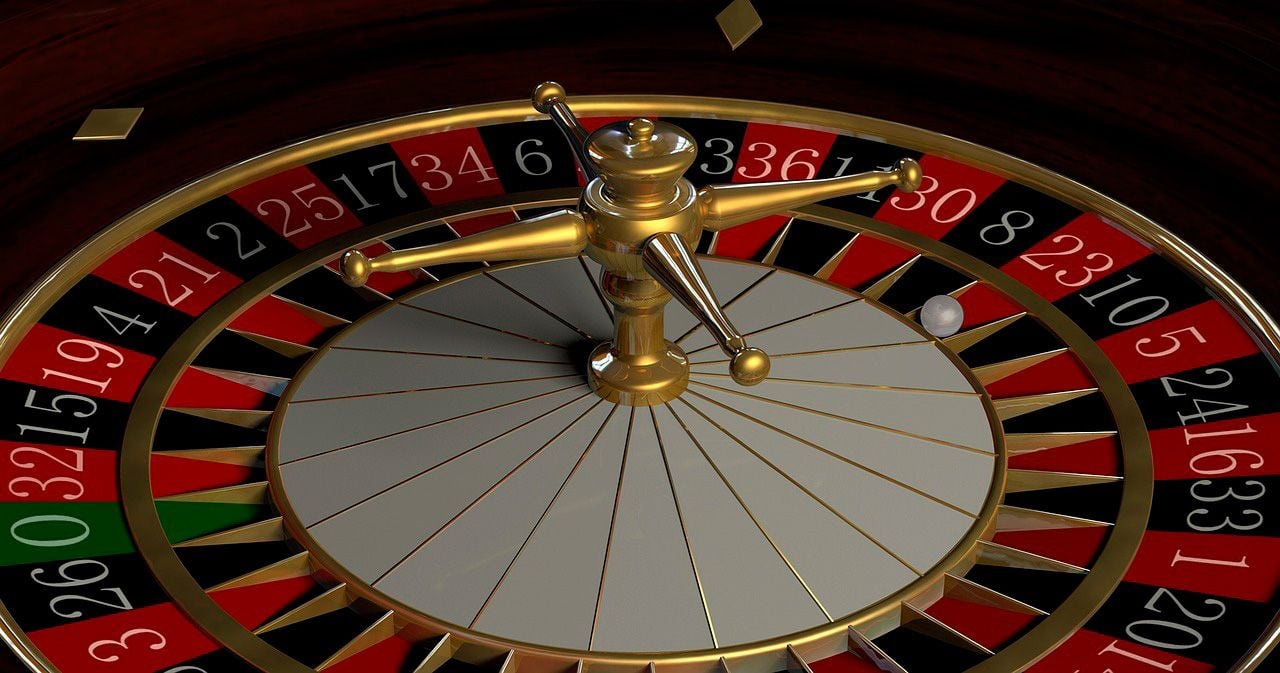Comprehending the Various Types of Playing Cards in Casino Games

Casino offerings have been a well of amusement and thrill for countless players around the globe. One of the key components that make these games engaging is the variety of playing cards employed in various kinds of games. Understanding the different kinds of cards can enhance your gaming experience and refine your gameplay approaches. Regardless of whether you are drawn to classic card games like poker and blackjack or newer casino games, each game relies on a unique set of cards that affects the rules and the rhythm of play.
In casino settings, cards come in various forms, each tailored to fit the needs of specific games. From regular decks to specialized card variations, the diversity plays a key role in shaping the dynamics of each game. By familiarizing yourself with these cards and their applications, you can achieve more profound insights into the games and make more informed decisions at the table. This knowledge not just enhances your overall gaming experience but also adds to a higher-level approach to your odds of success.
Types of Playing Cards
When discussing casino games, the kind of playing cards used can significantly impact the gameplay and tactics. The most frequent deck is the traditional 52-card deck, which consists of 4 suits: clubs, and spades. Each suit contains thirteen ranks, from Ace to king. This traditional deck is essential in numerous games, such as poker, where players aim to form the best hand possible or approach 21 as they can.
Some casino games utilize unique decks specifically designed for the game itself. For example, the popular game of baccarat often employs multiple decks shuffled together, typically six or 8. This not only increases the complexity of the game but also impacts betting strategies, as players must consider the higher number of cards in play. Additionally, some games may bring in jokers or wildcards, adding further diversity and thrill to the gambling experience.
In niche games, specialized decks may come into play. For example, in games like Bridge or pinochle, participants might use specific rules with different card values or roles. These variations keep the gameplay new and allow for varied strategies to appear. Understanding the various types of playing cards and their particular uses in different casino games is key to enhancing one’s gaming experience and boosting overall performance at the tables.
Card Variations in Gambling Activities
In casino games, the kind of set of cards utilized can significantly impact both the play and the strategies used by players. Most traditional card games, such as blackjack and poker, typically utilize a regular 52-card deck. However, modifications do exist where extra jokers or even multiple packs are used. For instance, in 21, some casinos may use one to eight decks, which can change the probabilities and the fundamental tactics needed to play effectively. Players must be cognizant of the set of cards composition, as it influences the house edge.
Another frequent variation in casino card activities is the use of specialized or specialized packs. For example, some five-card draw games might use a set of cards that includes unique graphics or patterns, which can enhance the environment at the table. These custom decks often function to differentiate between different game formats or loyalty programs within the casino. branding While the standard guidelines of the game remain the same, the aesthetics can affect player involvement and satisfaction.
Lastly, the mixing methods used with different kinds of decks can also impact play. Casinos often make use of automatic mixing machines that can effectively reorder multiple decks efficiently, making hand counting more difficult. The frequency and method of shuffling can vary widely based on the activity and the casino’s policies. Comprehending these deck variations is important for any player seeking to enhance their tactics and overall satisfaction in gaming activities.
Importance of Cards Values
In gambling games, the worth of individual card plays a key role in deciding the outcome of multiple activities. Distinct activities assign distinct values to playing cards, shaping strategies and player decisions. For instance, in 21, playing cards ranging two through ten are valued at their actual worth, while face cards hold a value of 10, and the Ace can be valued as 1 or eleven. https://69vn.travel/ Understanding these worths allows gamers to make smart choices during gameplay, boosting their odds of success.
In the same way, in poker, the significance of playing card values extends to combinations and hand rankings. High-value cards can form more powerful combinations, such as two of a kind, straights, or flush hands, which are essential for triumph in the activity. Gamers must assess not only their personal hand but also potential combinations their opponents might hold. This tactical complexity adds thrill and complexity, making playing card values a key element in poker’s attraction.
Moreover, the mental aspect of card values cannot be ignored. Players may use the knowledge of playing card worths to mislead or confuse their opponents. By grasping how a playing card’s value can impact the game’s mechanics, gamers can better handle risks and rewards, creating a thrilling environment in casino activities. Whether playing for entertainment or for real money, knowledge of playing card worths significantly affects the overall playing encounter.